Manneken Pis
Tags : Landmark
Time Required : 30 mins to 1 hour
Ways to Experience this attraction
Manneken Pis, Brussels Overview
Mannekken Pis, translating to ‘peeing little man’, is a fountain and a symbol of the city's playful spirit. It is one of Brussels' most famous landmarks. Located at the corner of Rue de l'Étuve and Rue du Chêne, just a short walk from the Grand Place, this 58 cm statue is quite small and is also famous for its costumes, which change frequently to celebrate special occasions or cultural events. The neighborhood is a hub of activity, filled with cafés, restaurants, chocolate shops, and souvenir stores. Consider visiting early morning to avoid crowds.
The statue is located on a public street, making it easy to access. However, keep in mind that it’s a compact area and can feel crowded. While the area is generally safe, be mindful of pickpockets, especially in crowded spots. The female counterpart of Manneken Pis, Jeanneke Pis, located near Galeries Royales Saint-Hubert, offers another quirky photo opportunity. The streets around Manneken Pis are lively and bustling, often filled with street performers, tourists, and walking tours. At night, the area takes on a magical quality with lights illuminating the surrounding historic buildings.
Read More on Manneken Pis
Traditions Around Manneken Pis
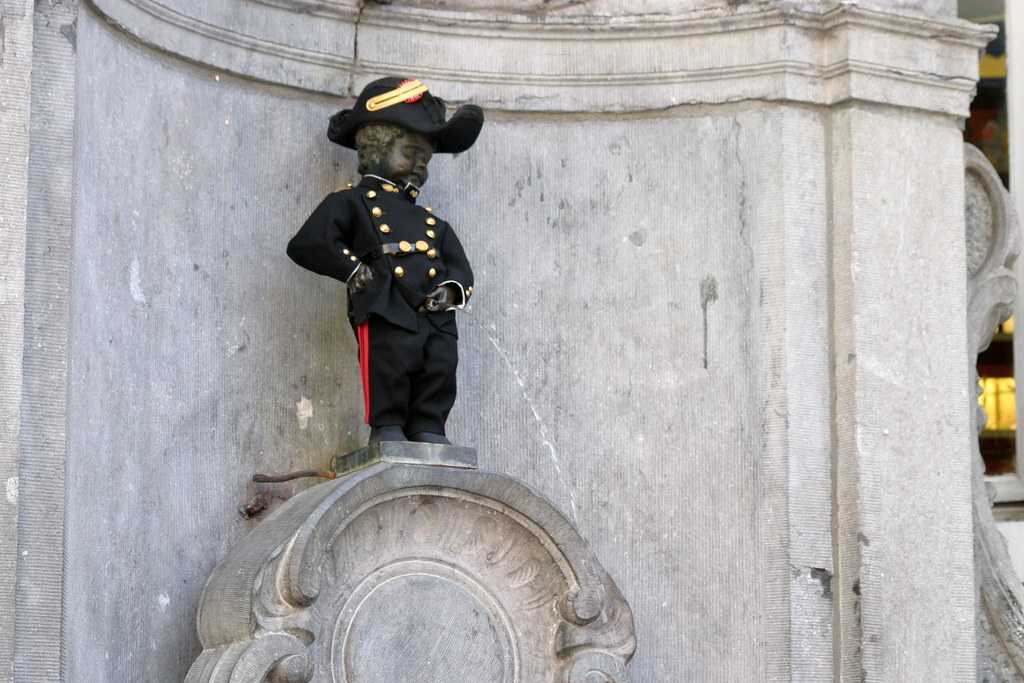
A significant part of the traditions revolving around Manneken Pis is the celebratory dressing up of the statue each week. Be it a festival or an event, the locals make it a priority to put costumes on the bronze statue. Manneken Pis is believed to have a wardrobe with more than 900 costumes making this a major reason for attracting visitors. The most common and popular costumes include a Mickey Mouse, Fireman, Santa Claus, Chinese Dragon, Dracula among many others.
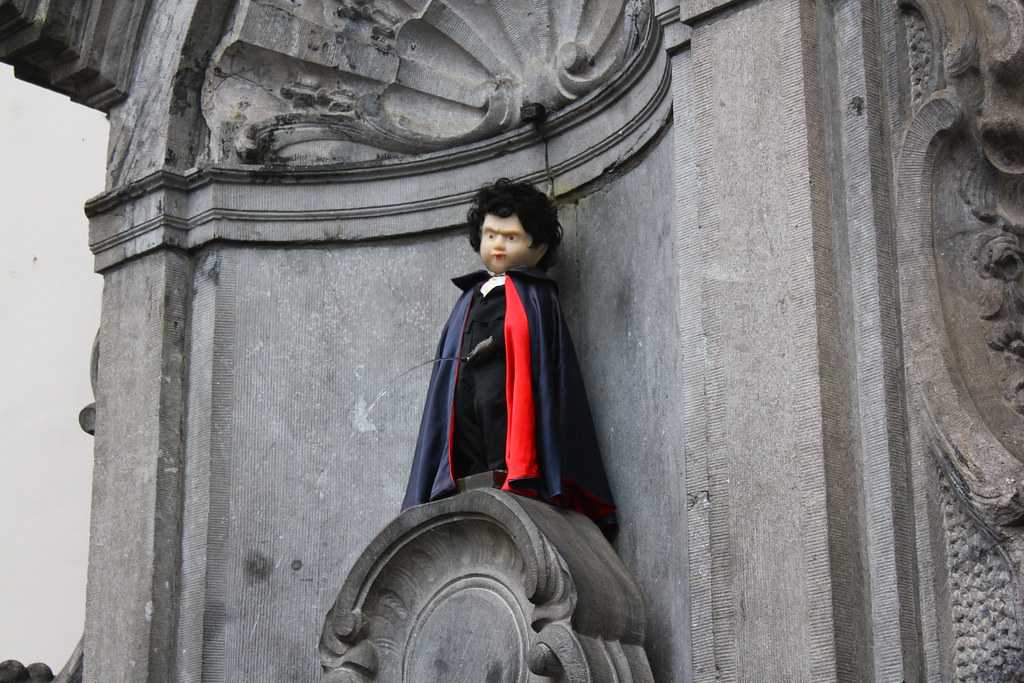
The changing of the costume is a bright and colourful ceremony accompanied by music played by a brass band. It is a major event filled with locals and tourists who come to witness the new costume. Dressed for 130 days in a year, strict rules are followed to avoid any religious clothing or promotional costumes.
At the City museum situated on the Grand Place, you can view a whole range of costumes with additions to the collection every year. A non-profit organization named The Friends of Manneken-Pis have been taking care of the entire wardrobe since 1954. They are also responsible for reviewing every costume design submitted from around the world every year.
In 2017 a new museum known as Gaderobe Manneken-Pis opened its door permanently displaying 133 costumes out of the 965 existing collection. This museum is divided into seven sections of folklore, trade, charity, celebrities, sports, designers and geography.
Legends and Fun Facts
- The Legend of the Boy Who Saved Brussels: One story claims the boy extinguished a gunpowder fuse with his urine, saving the city from destruction.
- The Costumes Tradition: Started in 1698 when Maximilian II Emmanuel, Governor of the Spanish Netherlands, gifted the statue its first outfit.
- Theft and Restoration: The statue was stolen in 1817 and later restored, with the original base dating back to 1620.
Shopping near Manneken Pis
1. Les Galeries Royales Saint-Hubert
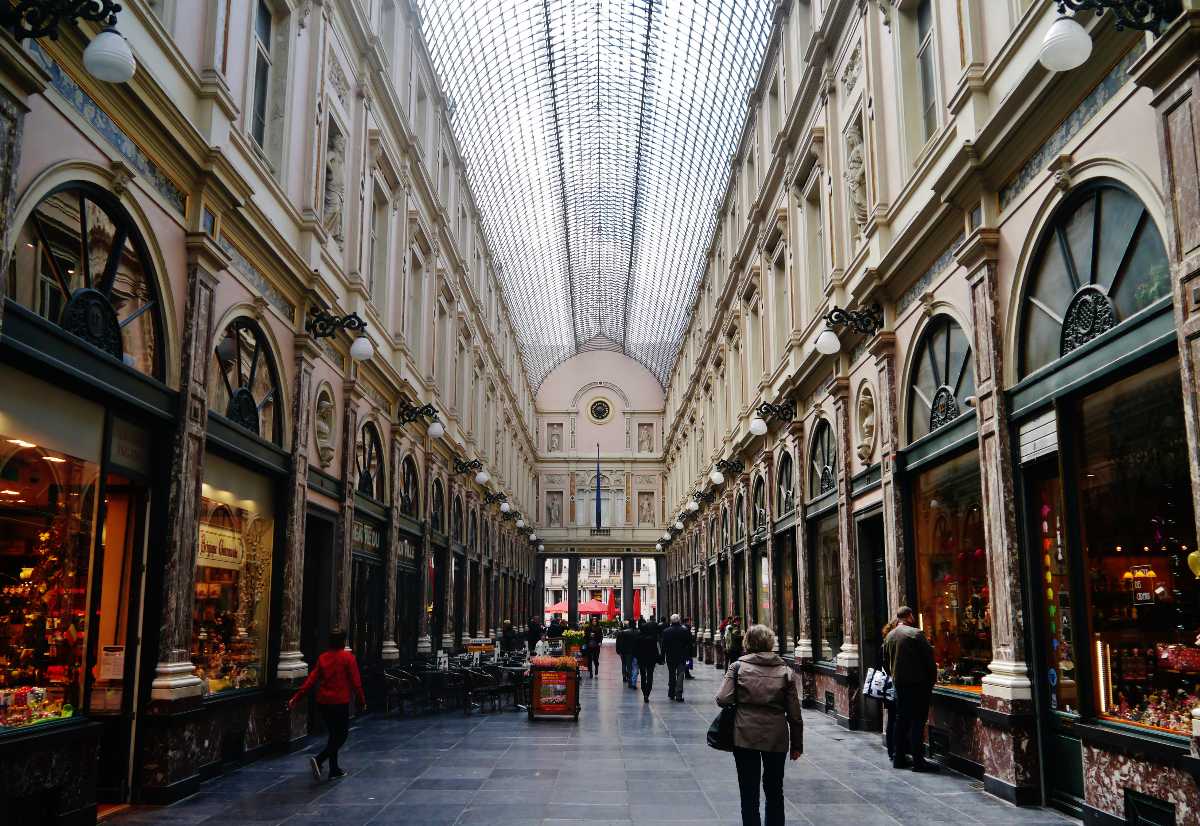
An enclosed shopping arcade with tall glass ceilings, Les Galeries Royales Saint-Hubert or the Saint-Hubert Royal Galleries is a shopping and gourmet paradise. Explore the finest eateries, clothing brands, art galleries and theatres at this massive area of twin facades and a narrow courtyard.
2. Brussels Vintage Market
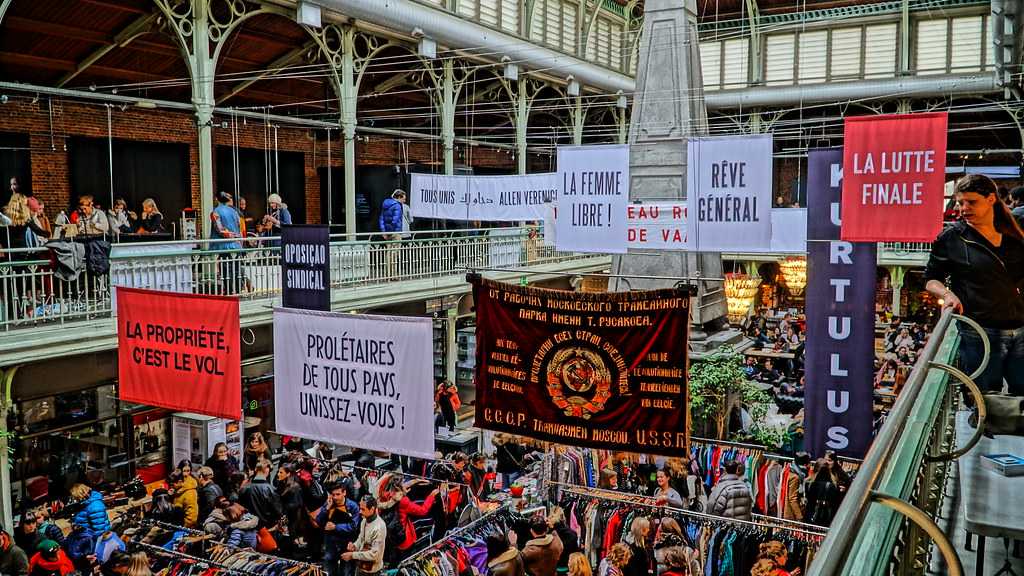
The Brussels Vintage Market is a monthly market that occurs on the first Sunday of each month. A blend of vintage items including clothing, jewellery, furniture, souvenirs, decorative objects and many more are available here. You can bargain at reasonable rates for both vintage and second-hand items while enjoying the retro music here.
3. Woluwe Shopping Centre
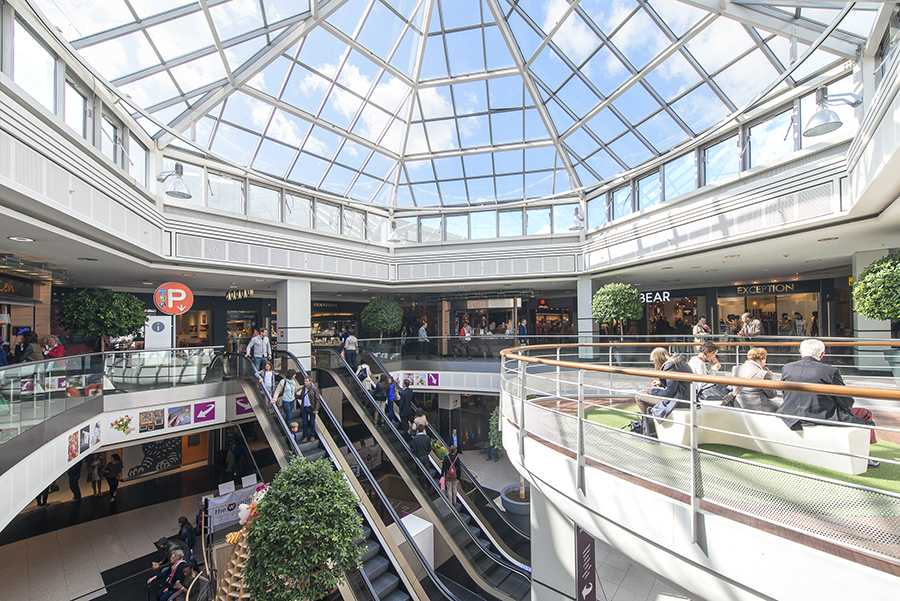
At Woluwe Shopping Centre tourists can experience shopping, entertainment and dining at the some of the best restaurants of the capital. Located nearly 1km from Manneken-Pis the shopping centre is a popular tourist hub.
4. Marché aux Puces de Bruxelles
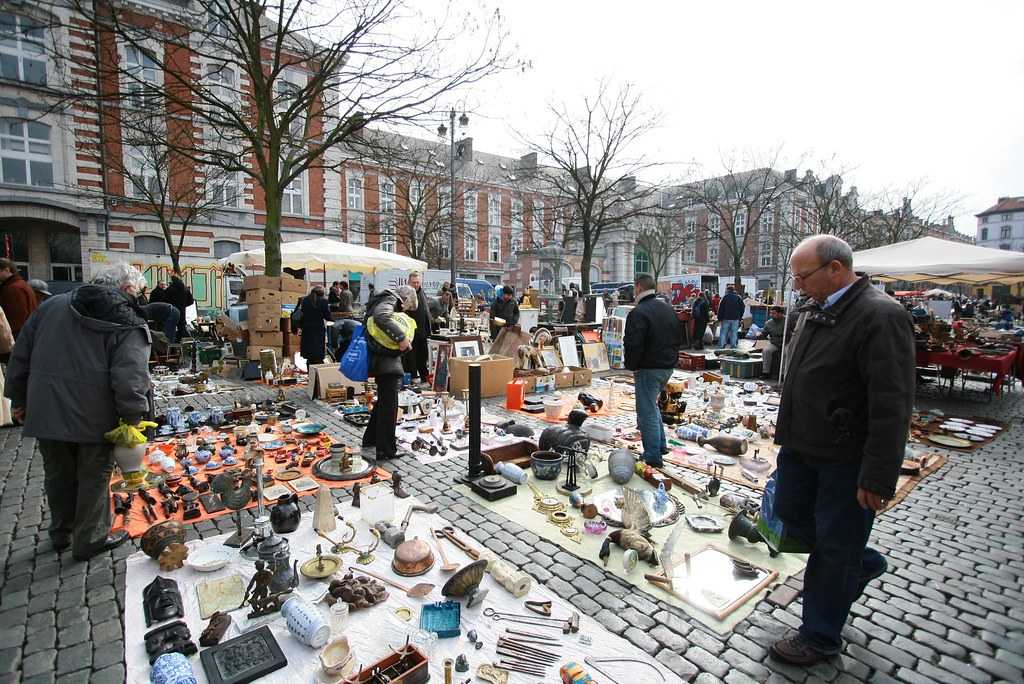
A well-known flea market dating back to 1873, Marché aux Puces de Bruxelles is best known for second-hand dealers, ragpickers and scrap dealers. Here one can buy old furniture, artefacts, antiques and anything that has an old charm to it. Open all days and extra hours on the weekends, this market is more has a vibrant atmosphere that most markets do not.
How To Reach Manneken Pis
By Tram: Lines 3, 4, 31, 32, and 33 stop at Anneessens, which is a short walk away.
By Bus: Several bus routes, including 29, 48, 71, and 95, serve the area.
On Foot: From the Grand Place, it’s an easy walk through the historic center of Brussels.
